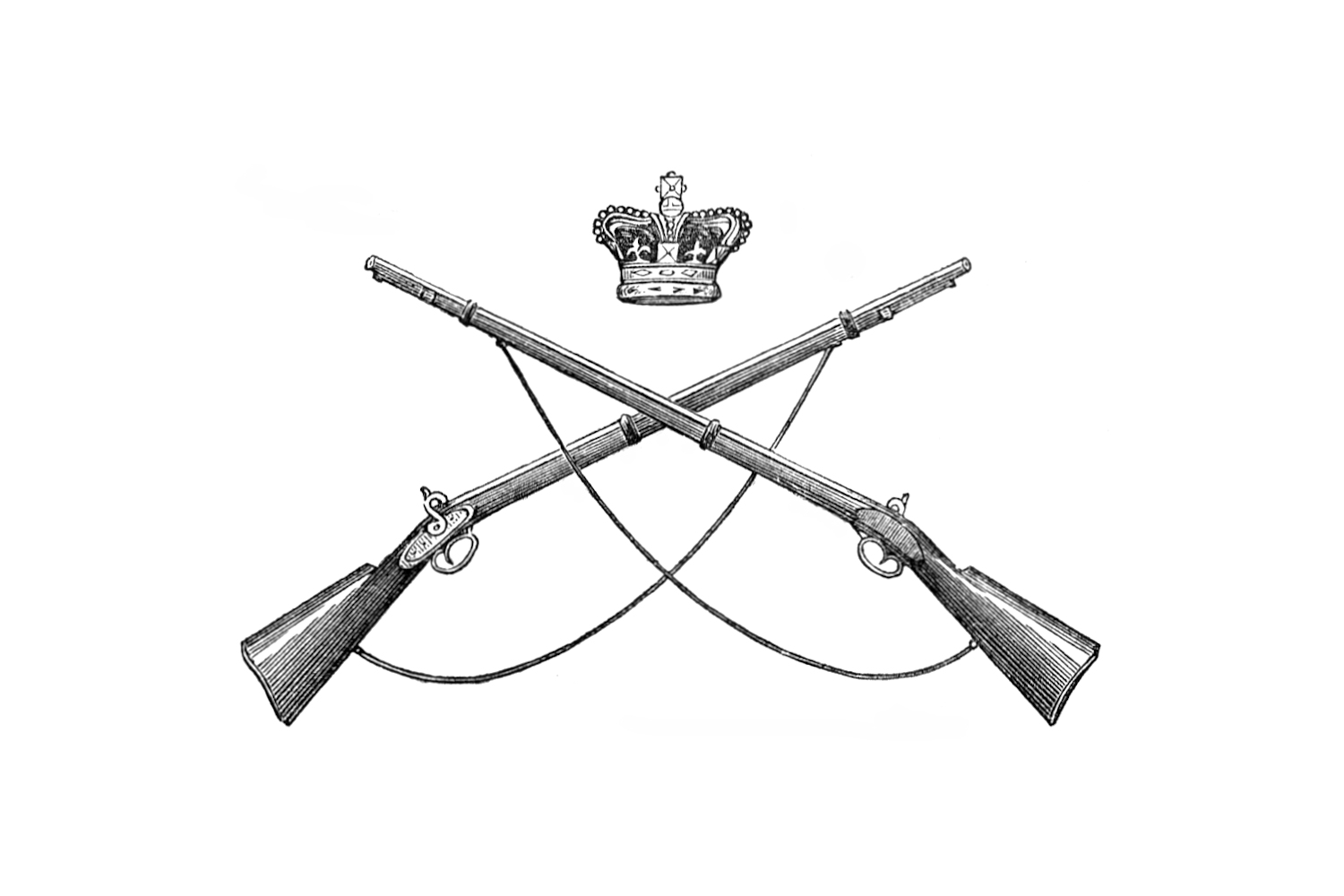You are here: Home > Marksmanship > Military Marksmanship
Written by: David Minshall
In the immediate post-Civil War years in America, there was understandably little interest in marksmanship or military matters from the general public. Whilst the US National Guard received plenty of drill and marching instruction there was scant, if any, marksmanship training. In a withering report in June 1871, the New York Times commented: “It is high time that our citizen regiments should be freed from the reproach of being a well drilled body of soldiers, who possess the one fatal defect of knowing nothing about using effectually the pieces with which they are armed.”
The impetus for the development of marksmanship skills within America’s National Guard units came from the pages of the Army and Navy Journal. The editor was William Church, and a kindred spirit was George Wingate, whose “Rifle Practice” appeared in installments in the Journal, commencing in July 1871.
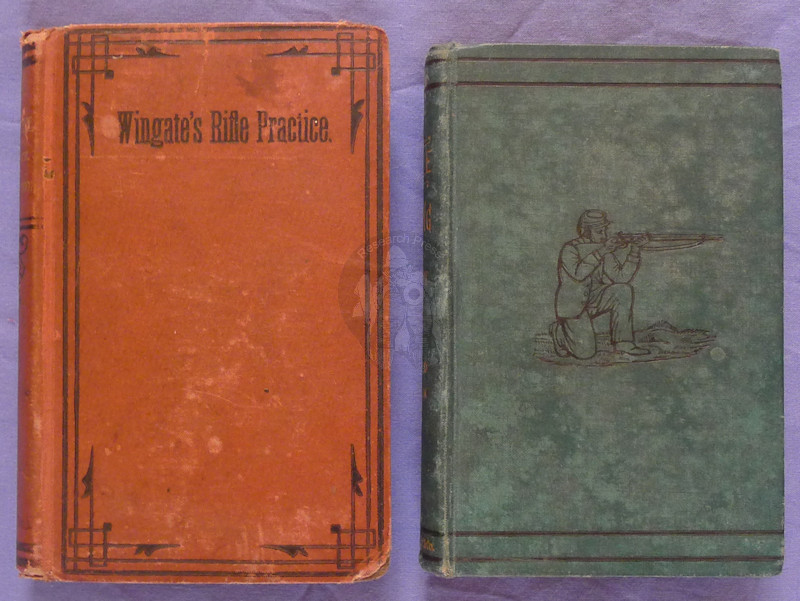
and ‘A Course of Instruction in Rifle Firing’, by Col. T.T.S. Laidley (Revised Edition 1880)
In 1872 George W. Wingate’s “Manual for Rifle Practice” was published. The fledgling National Rifle Association adopted the manual in March that year and in October it was officially approved and recommended as a suitable guide to the National Guard of New York State. In 1875 a substantially revised and expanded fifth edition was published which under General Order, No 24 of 26 August 1875 was adopted “for the instruction of the National Guard of the State of New York.” This edition underwent at least two more revisions.
Wingate, in his capacity as General Inspector of Rifle Practice and in his annual report of 1876, noted all men had some skill in the use the rifle, and a large, constantly increasing proportion were experienced marksmen. This was significant progress since 1872, when “it was the rule for men to serve their entire term of enlistment [in the National Guard] without firing a shot.”
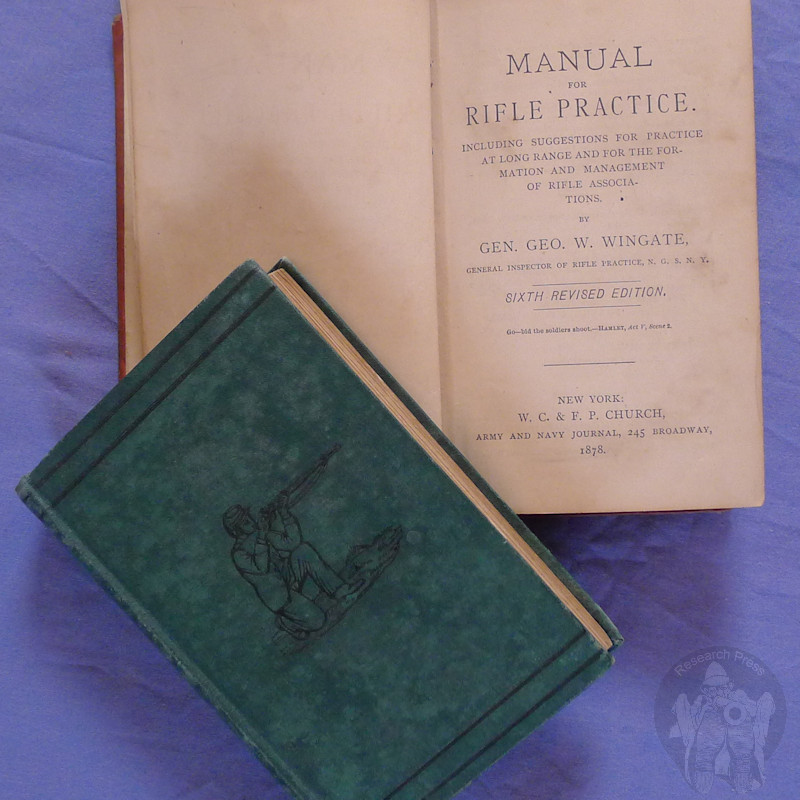
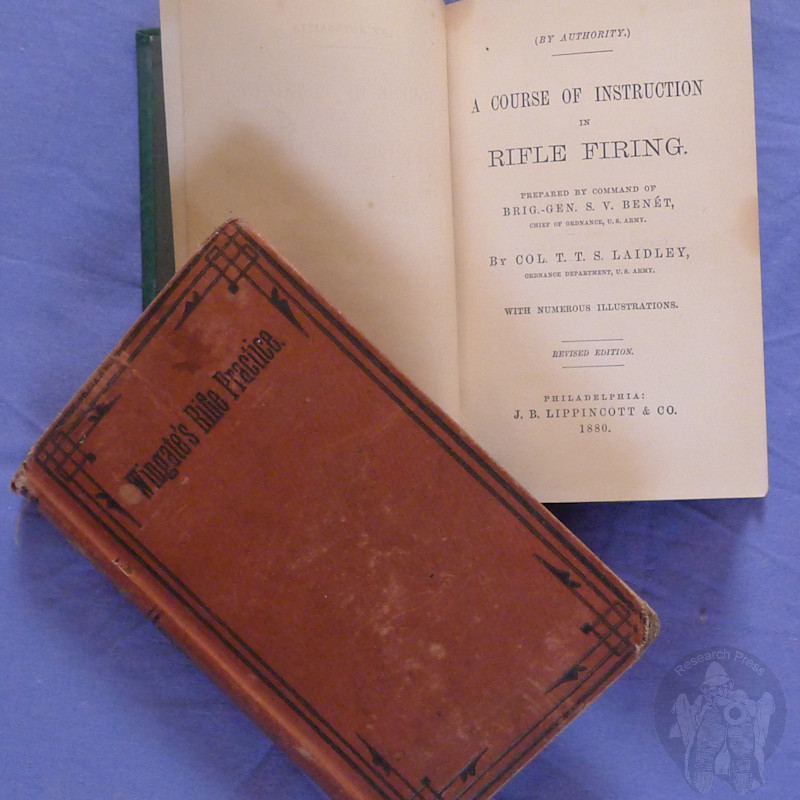
Whilst Wingate’s “Manual for Rifle Practice” was adopted by several States, it was not officially approved at Army headquarters. To keep pace with the National Guard, Col. Theodore T.S. Laidley, U.S. Ordnance Department, was appointed to prepare a complete system of rifle practice for the Army. Laidley’s “Course of Instruction in Rifle Firing” was first published in 1879 and approved by the Army. However, Colonel Wingate, a lawyer, claimed copyright infringement. Both parties published pamphlets stating their case and there was an exchange of letters in the press. In February 1880 a permanent injunction was granted against Laidley’s publishers, restraining them from publishing or selling any work embracing any portions of Wingate’s “Manual of Rifle Practice”. Later that year a new and revised edition of Laidley’s “Rifle Firing” was published.
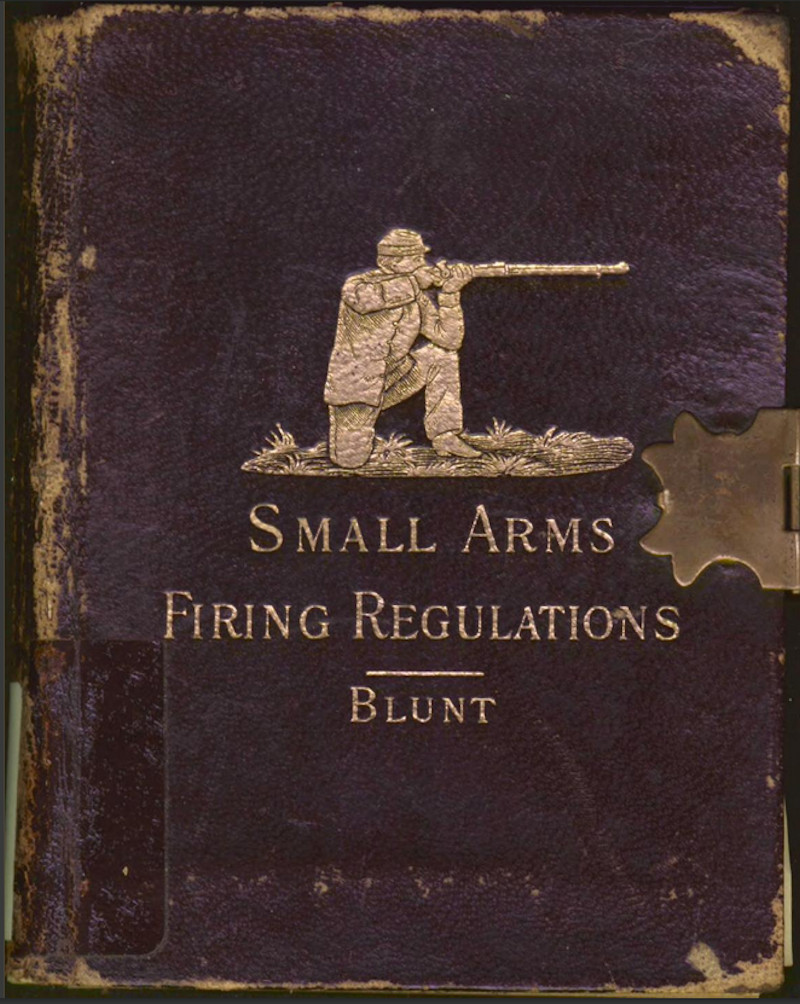
In 1885 Laidley’s work was replaced by Capt. Stanhope E. Blunt’s “Instructions in Rifle and Carbine Firing for the United States Army.” Blunt acknowledged permission from Laidley to use portions of his work, and further support from Wingate, noting that it was the latter “who first introduced rifle practice as a regular part of the military instruction of the National Guard.”
